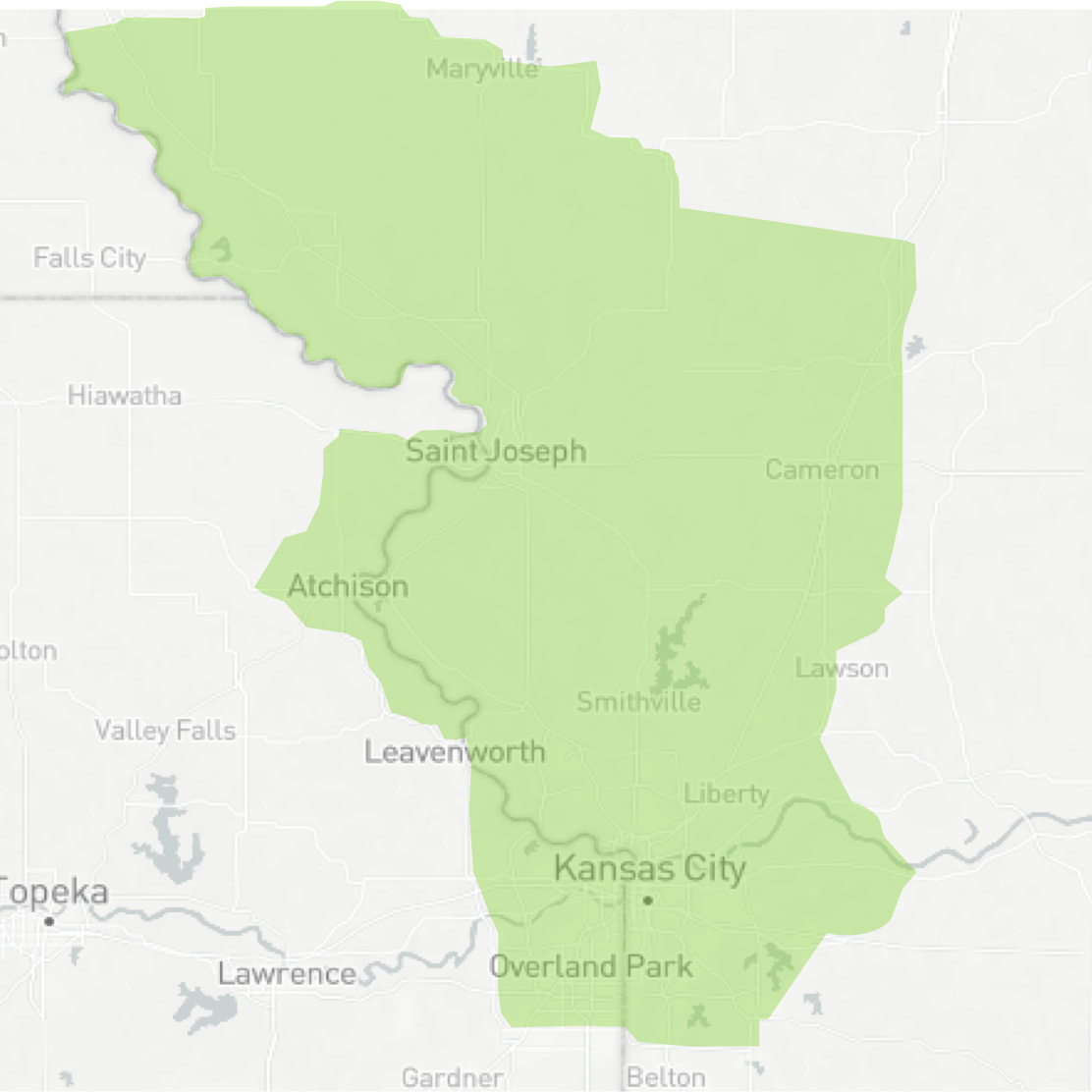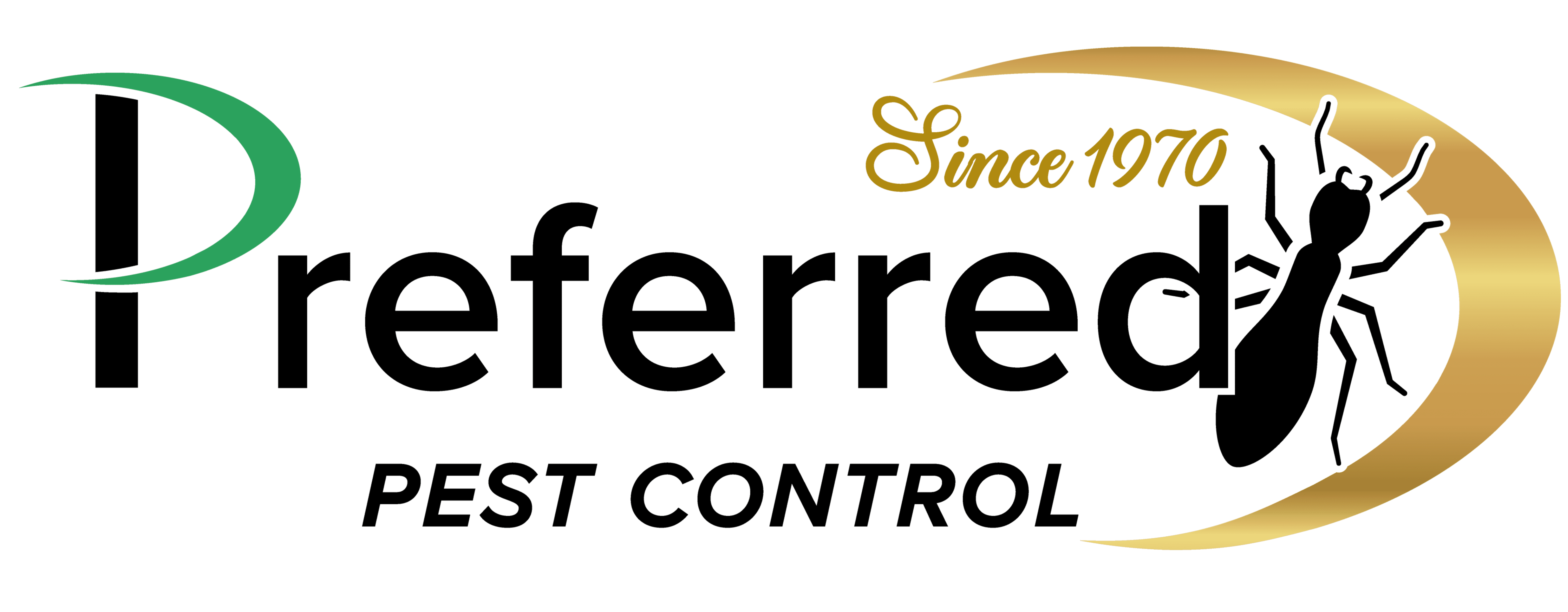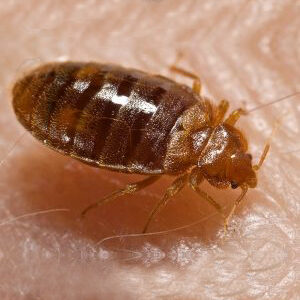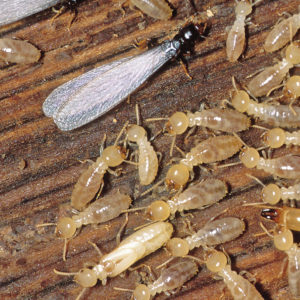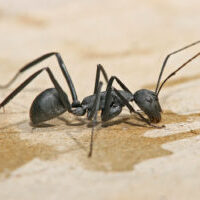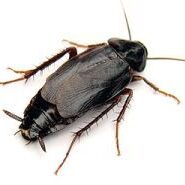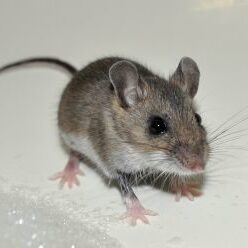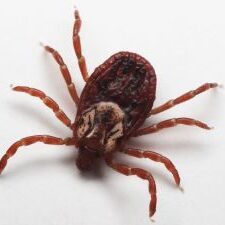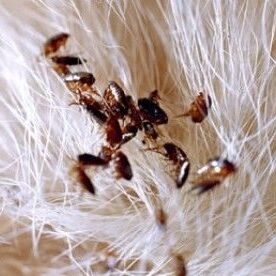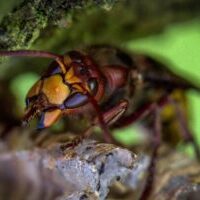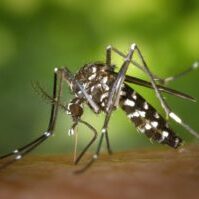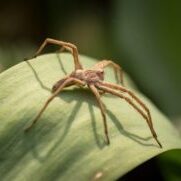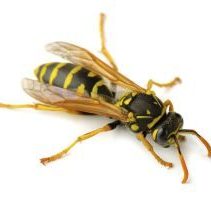
PAPER WASPS
Paper wasps feed on insects, such as caterpillars and beetle larvae that are destructive to plant material, thus wasps are considered beneficial by some gardeners.
Paper wasps are 3/4 – 1 inch long, slender, narrow-waisted wasps with smoky brown/black wings that are folded lengthwise when at rest. Body coloration varies with species: from black or brown with yellow markings or stripes, to overall reddish-brown.
Paper wasps live in semi-social colonies containing three castes: workers, queens and males. Fertilized queens, which appear similar to workers, overwinter in cracks and crevices. In the spring they begin to build a nest. Eggs are laid 1 per cell and hatch into grub-like larvae that develop through several stages (instars).
The difference between paper wasps and yellow jackets or hornets is their open nest construction. Cells remain open until developing larvae pupate. Sterile worker wasps assist in building the nest, feeding young and defending the nest. A mature paper wasp nest may have 20 to 30 adults. In late summer, queens stop laying eggs and the colony soon begins to decline. In the fall, mated female offspring seek overwintering sites. The remainder of the colony does not survive the winter.
Paper wasps have chewing mouthparts. They build their nests from collected wood fiber. This fiber is chewed and formed into paper-like hexagonal cells. Nests are oriented downward and are suspended by a single filament. Mature nests contain up to 200 cells. Paper wasps prey on insects such as caterpillars, flies and beetle larvae which they feed to their wasp larvae. They actively forage during the day and all colony members rest on the nest at night.
Paper wasp nests can be dislodged from eaves using sprays of high pressure from a good distance, taking precautions as the wasps will try and defend their nest, attacking nearby people or pets. Wasps attack when the nest is disturbed and can sting repeatedly. Males are incapable of stinging because the stinger is actually a modified egg-laying structure (ovipositor) found on females. Once it is knocked down, wasps will eventually abandon the nest.
EXPERTS IN PEST CONTROL SINCE 1970!
Enter your information or call
(816) 279-2000
By clicking “GET ESTIMATE” I authorize Preferred Pest Control to contact me at this number. I understand I am not required to make a purchase.
PREFERRED PEST CONTROL
At Preferred Pest Control & Home Inspections, we offer comprehensive indoor and outdoor pest extermination and treatment services to stop infestations at their source. Our qualified exterminators are equipped to inspect your home environment, identify the scope of the problem, and determine the best course of action to eliminate those unwanted pests.
And when you hire us, you’ll benefit from our:
-
Reasonable pest extermination rates.
-
Easy, convenient appointment scheduling.
-
Dedication to your safety and comfort.
If you think you might have a pest problem, don’t wait to get help. Call today for more information or to request an estimate.
As the leading pest extermination provider in NW Missouri and NE Kansas, we're equipped to handle any pest that may pop up and protect your property from future problems.
AREAS WE SERVICE
